Flat Rate Scheme: What to do if you are on the wrong trade sector
The VAT Flat Rate Scheme was introduced to simplify the process of calculating VAT returns. The premise of the scheme is that you pay a fixed rate of VAT based on which trade sector your business falls into. However, choosing the correct trade sector is not always as straightforward as it sounds and could cost you money if you get it wrong.
Overview of the Flat Rate Scheme (FRS)

The Flat Rate Scheme was introduced in 2002 as a way for small businesses to simplify their sales and purchase records. If you are VAT registered and your business has a taxable turnover less than £150,000 a year, you are entitled to join the scheme.
In practice, it’s a simple scheme. You add VAT at the standard rate (20%) to your customer’s invoices but pay over to HMRC the amount of VAT calculated at the rate that is associated with your chosen trade sector. There are over 50 trade sectors listed on HMRC’s website.
Example:
You bill your client £25,000. You charge VAT at 20% =£30,000
You work as a Structural Engineer, so your flat rate percentage is 14.5%
Your flat rate payment is £30,000 x 14.5% = £4,350
Choosing your trade sector
HMRC’s advice for businesses is to choose the trade sector that best matches the activities of your business. In some cases, this is quite simple but there are instances where the activities of the business are relevant to multiple sectors.
If you are struggling to come to a decision you can ask HMRC for guidance but ultimately the decision falls with you. We strongly recommend that you get guidance from an experienced accountant, like ourselves, who is familiar with the Flat Rate Scheme before finalising on a trade sector.
We’ve been working with limited companies for over 20 years and during this time we’ve come across businesses who have multiple income streams. What do you do then? In this instance, you must base your choice on your main source of income.
Introducing limited cost traders
To cut down on the perceived abuse of the Flat Rate Scheme, in 2017 The Chancellor introduced a new facet to the FRS scheme, a limited cost trader. In HMRC eyes a business is a limited cost trader if:
- it spends less than 2% of its VAT-inclusive sales on goods in a quarter, or,
- more than 2% of its VAT-inclusive sales but less than £250 in a quarter on goods
A business that is classed as a limited cost trader will need to apply a 16.5% flat rate percentage to its VAT inclusive sales when calculating its VAT liability.
What to do if you get the trade sector wrong

If you do find that you have chosen the wrong trade sector you may end up paying too much or too little VAT. Paying too little could see you having to pay a large VAT bill later on. If you’ve paid too much VAT, you may be able to ask HMRC to make an adjustment (depending on the amount of overpayment) on your next return.
If you feel you have chosen the wrong trade sector, as long as you can show it was reasonable at the time to choose that sector then HMRC can’t come back to you and disagree and demand any additional VAT that may be due. Once, the mistake has been highlighted, going forward you must use the correct percentage.
Our experience has shown that the nature of work that contractors do can make it hard for them to choose the correct FRS trade sector. Before making your final decision, give our VAT team a call on 01962 867550 to make sure you are making the right choice.
Note: All the information and advice in this blog post was correct at the time of writing.







